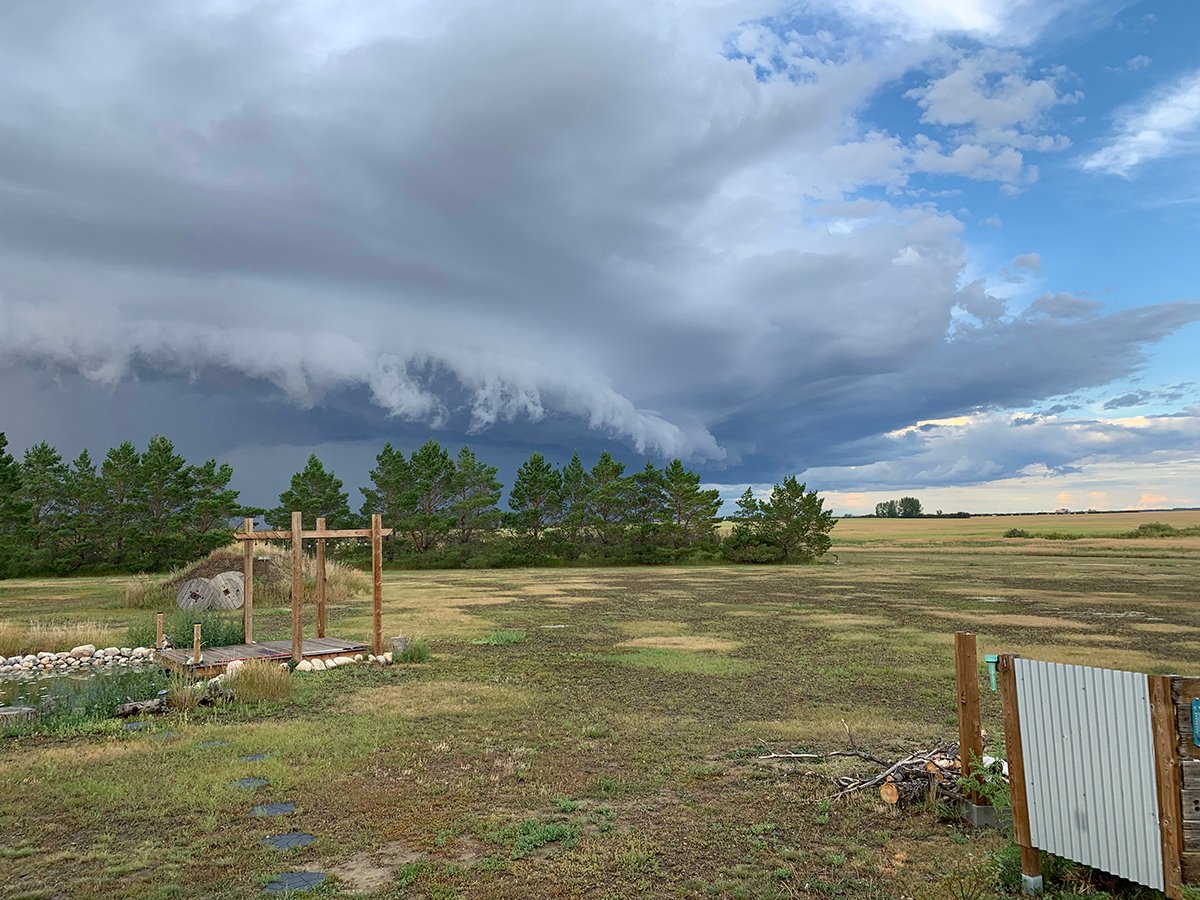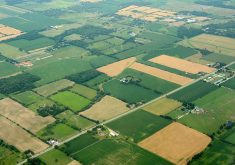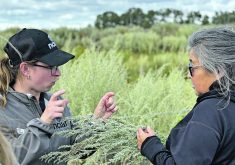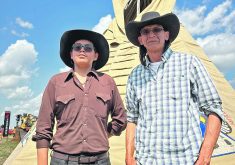Students who entered the University of Saskatchewan’s agriculture program this fall are taking a new mandatory course in Indigenous agriculture.
Two hundred and twenty-five students are enrolled in History of Indigenous Agriculture in Canada.
Professor David Natcher is a cultural anthropologist who has been in the department of Agriculture and Resource Economics since 2007. He also works with Indigenous communities in natural resource management, including agriculture.
He previously taught versions of the course to small classes of 20 students but said the College of Agriculture and Bioresources recognized the value of the class to students heading into the agricultural work world after university and made it mandatory.
Read Also

Storm dynamics and extreme rainfall
Besides moisture, instability and orographic lift, the next biggest factor that contributes to heavy or extreme rainfall is storm dynamics.
He said most people only know about Indigenous agriculture in the context of settlement.
“It was that colonial period, which is a critical period, but it was after the treaties were signed and some of the policies like peasant farm policies that were introduced, that really marginalized and excluded any type of involvement of First Nations,” he said. “What I wanted to do was offer a class that…(tells) the more complex story around Indigenous peoples and agricultural systems in Canada.”
The class includes pre-contact agriculture, plant domestication and production, the colonial period and how First Nations were pushed away from farming. It also includes information on more recent efforts to expand involvement in the sector to recognize traditional foods and farming and move into value-added.
Natcher said he is always surprised at the myths surrounding First Nations farming.
“I’m always struck by this perception that Indigenous peoples were not farmers, they were not involved in agriculture, (that) they were hunters, they were gatherers, they were fishers, they were anything but agriculturalists and that’s just not the case,” he said.
Some research has shown that the early Indigenous farmers were highly productive, particularly with the “Three Sisters” of corn, or maize, beans and squash in a multi-cropping system.
During the colonial period, the federal government and the church promoted agriculture as an assimilation tool. The treaties, with their agricultural provisions, followed.
Natcher said First Nations farmers were successful when the treaty provisions were actually followed, “so much so that they outperformed their non-Indigenous neighbours and because of that created considerable resentment.”
Pressure was put on governments to stop aiding Indigenous farmers. Equipment was confiscated and Indigenous farmers were given only the most basic farm tools.
“There was this idea entrenched in the peasant farm policies that if Indigenous peoples are going to really truly benefit and learn how to participate in the agricultural economy, they needed to start from the ground up, so plows were not permitted,” Natcher explained.
Policies limited any opportunities for First Nations to meaningfully participate in the sector, and they continue to impact that participation today. Access to credit and capital, leasing arrangements and other obstacles remain.
Still, some First Nations are revitalizing traditional food systems, such as the Three Sisters, establishing grain and livestock operations, and moving into value-added industries such as wineries.
Revitalizing traditional foods is important for cultural reasons, not just economic ones.
“I do really think the Indigenous agricultural economy is fundamentally different than what your typical prairie farmer may think about. We think about bison on a reserve and that may be an economic opportunity but it’s also probably more importantly fundamental to culture. So that combination or integration of economy and culture into these industries is something we explore in the class.”
Policies today still don’t favour First Nations. Competition for land is intense and reserve lands are often unsuitable for large-scale agriculture.
Governments haven’t removed roadblocks that prevent success on reserve. For example, Natcher said when BSE affected cattle operations, First Nations ranchers “fell through every crack possible” and could not access the support programs.
They require government approval to enter into formal leases with other landowners so often go the informal route, which carries risks for everyone.
“It can take well over a year for the First Nation to actually be compensated for leasing of the land if those funds are administered by the federal government,” said Natcher. “That’s a real frustration for First Nations who are trying to get into the agricultural sector.”
Farming reserve lands doesn’t necessarily generate a huge income for the First Nation, either. Farming 10,000 acres requires a few employees and a line or two of equipment, he pointed out.
But Natcher said the adaptive capacity of Indigenous people is a bright spot that he also addresses in the class. For thousands of years, they were able to adapt to weather, climate, the environment, and economic and political change and that is happening again.
There is a marketing advantage to Indigenous products; research has shown consumers are willing to pay for products that tell a story.
Natcher added the students who take the class will be more informed about the constraints upon First Nations farmers, the history behind them and the work needed to remove the roadblocks.
















